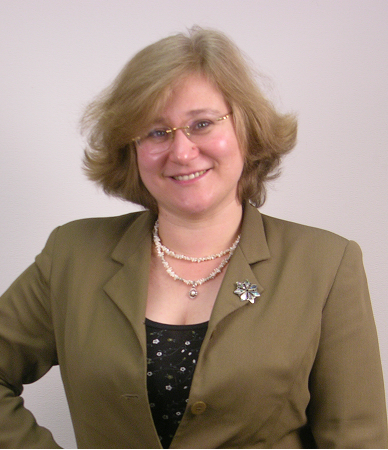A few words about me...
I teach English for Academic Purposes in the Language Center at the George Washington University. The course aims to help international graduate students understand the process, features, and conventions of academic writing and become effective writers in their disciplines.
I have academic training in cognitive second language acquisition, pedagogy, and linguistics, and have worked in the field of foreign/second language instruction for over 15 years.
My research concerns cognitive and instructional aspects of second language acquisition and is aimed at linking what we know about second language learning to what we know about the brain with the goal of developing better models of second language processing.
In one study I compared the processing of verbal morphology in native, second language, and heritage language speakers and found that heritage morphological processing was different from both native and non-native processing: while heritage speakers performed similarly to native speakers on the production of high-frequency real verb forms, their performance on novel, or nonce verbs was worse than that of beginning second language learners. The findings suggested that the underlying mechanisms of morphological processing in heritage speakers may be underdeveloped and mental representations of morphological structures may be unstable. The study further identified literacy as a factor contributing to second or heritage language development in adults. The full text of the paper is available in Heritage Language Journal.
Another study showed the impact of salience on the order of acquisition of morphemes by second language learners. I found that planning provided during a task may have a beneficial effect on the noticing and uptake of recasts of morphology. The full text is available in Canadian Modern Language Review and can be downloaded from my web page at: www.academia.edu.
My recent work has examined the ability of second language learners to process morphosyntactic information and the underlying cognitive mechanisms. I have found that while native participants invoked both automatic and strategic attentional mechanisms, nonnative participants exhibited delayed activation of morphosyntactic information and relied on strategic mechanisms operating after lexical access.
I am also interested in investigating advanced literacy development in second language learners and effective instructional interventions, including the incorporation of cutting-edge technological capabilities into language instruction.
A few words about the site...

This site is organized as a digital academic portfolio with a primary goal to showcase my expertise, accomplishments, and development in teaching, research/scholarship, and service. It also includes consulting and personal information. You can contact me at
romanova (at) gwu (dot) edu